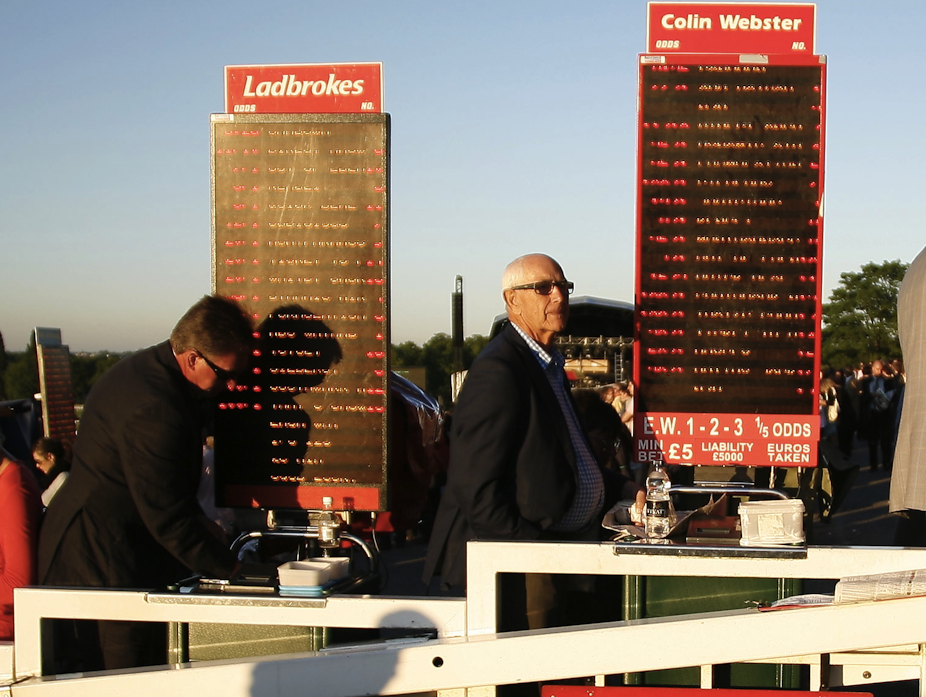The third season of Breaking Bad, the American TV drama series about a crystal meth dealer in Albuquerque, contains a key scene about the business side of an emerging crime empire. Here, the unscrupulous lawyer Saul Goodman regales fledgling drug entrepreneur Jesse Pinkman with a step-by-step, demonstration – using small props – in the financial sleight of hand required to launder crime profits.
Goodman’s practical demo complete, he proudly concludes: “Your filthy drug money has been transformed into nice, clean, taxable income brought to you by a savvy investment in a thriving business.”
The thriving business in Goodman’s illustration is a nail salon. The scene demonstrates how the seemingly unremarkable setting of a manicure bar can form an essential cog in organised crime.
The salon’s true purpose is not to provide pristine manicures but to perform the function of a “shell company”: a legal business which can provide a legitimate disguise for laundering criminal profits.
White-collar crime pundits (whether commentators or academics) have tended to overlook such medium to small-scale laundering operations. Or what can be termed micro-money laundering, where the profits are locally generated and financial transfers are conducted mano a mano.
Macro to micro-laundering
Most research into money laundering concentrates on the multinational cartels that use global financial systems and institutions to clean their billions. And for good reason, too. The UN estimates that currently the amount of money laundered globally in one year amounts to somewhere between US$800 billion and US$2 trillion – or 2-5% of global GDP. Most of this laundered money is generated by organised crime groups, whose illicit operations are global in scope and reach.
By contrast localised, cash-based, micro-money laundering has largely been overlooked. However, recent technological developments have ushered in laundering innovations closer to home: the high street.
Fixed odds
Betting shops have long moved beyond their core business of horses and greyhounds. There are now 34,000 electronic gambling machines (mainly roulette) in the UK, known as fixed odds betting terminals, or FOBTs. Recent media panics have lamented their addictive nature, describing them as the crack cocaine of gambling. This addictive nature – albeit unproven – is down to how quickly and flexibly users can place bets, anything from £1 to £100.
These terminals don’t just help gamblers part with their cash – they also help drug dealers launder their gains. A dealer feeds their cash into a fixed-odds roulette game and continues laying bets – some they win, some they lose – until all their money is gone and 10-40% of their initial stake had been lost. But that’s not a problem, as the losses are simply considered a “laundering fee”.
Crucially, the remaining stake will then be returned with a receipt which means, to paraphrase Saul Goodman, the dealer’s filthy drug money has been turned into nice clean cash. Thus if they are stopped by law enforcement officers he or she can account for the wads of cash in their pockets.
Use of these terminals is complete anonymous, and betting shop owners are only required by law to report or investigate individual punters placing more than £10,000 into these terminals.
Micro-laundering as micro-development
Anti-gambling pressure groups have demanded a ban on FOBTs. The gambling industry’s representative body, the Association of British Bookmakers, has countered by claiming that a ban on FOBTs would threaten 15,000 jobs and the closure of 3,000 high street betting shops.
These betting terminals have indeed proved highly profitable, contributing around £1.4 billion to the bookmaking business each year. The number of criminals and drug dealers using these terminals is less clear but it has been estimated that criminals are willing to pay betting shops 5-10% of their profits to launder cash through FOBTs (an average cost/loss for most laundering operations according to research). Even the government now wants a piece of the action, with the budget raising tax duty on FOBTs from 20% to 25%.
All this suggests that micro-money laundering may benefit not only illicit businesses but also the licit high street economy. In fact, a joint report by the Cabinet Office’s strategy unit and the Home Office in 2009 revealed that 25,000 to 30,000 people are involved in the “long tail” of the organised crime business in Britain, valued at more than £30 billion a year. If “organised crime” were a company, it would be the sixth largest private employer in the country. The process of micro-money laundering, in other words, has beneficial economic consequences of an unintended kind.
It would be shortsighted to think that fixed odds betting terminals are the sole means by which small to medium-sized criminal businesses launder their ill gotten gains. But where are the alternative methods, or new frontiers, in micro-money laundering? A report in 2011 by the market analysts Mintel revealed that nail bars are the most rapidly growing business outlets on the UK high street. Surely a coincidence? Possibly a case of watching too much Breaking Bad.

